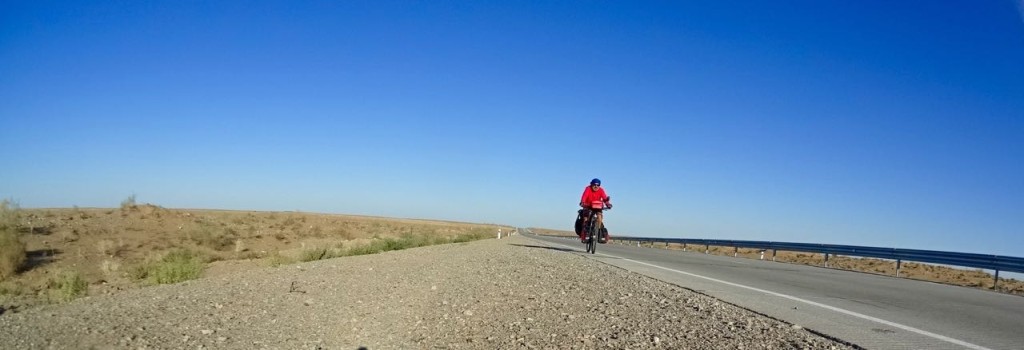
Ya en el año 100 AC existía un intercambio comercial entre China y Occidente, anterior a los viajes de Marco Polo por esta región. Fue justamente el comercio con estas telas brillantes y livianas provenientes de China que le diera el nombre a esta ruta, una de las mas antiguas rutas comerciales de la humanidad. Este camino no era un paseo. Llevaba a atravesar el desierto de Takla-Makan, con amplitudes termométricas de 75 grados centígrados entre la noche y el día, o con pasos nevados a mas de 4000 metros de altura por el cordón montañoso del Pamir. Por doquier asechaban atracos y peligros varios. Las Caravanas, a veces compuestas de hasta por mil camellos surcaban por miles de kilómetros estas rutas uniendo así las ciudades de Xi’an en China con Roma. No fue una ruta sola, sino que una red de rutas en continuo desarrollo durante los siglos sucesivos hasta que el comercio descubrió los mares, momento en el cual comenzó el declive de estos caminos.
Durante los siglos XV – XVI existían miles de ciudades y carreteras que unían el continente asiático con el europeo uniendo Levante con Ponente. Las caravanas surcaban esos caminos, cargadas de ropas exóticas, productos orientales y especias. En ese período surgían por doquier las postas o mejor llamadas Caravasares. En ese período de auge económico se desarrollaron los oficios artísticos, la arquitectura, con la construcción de palacetes, mausoleos y madrassahs (Escuelas de educación científica y religiosa).
Muchos viajeros, misioneros y peregrinos han hecho kilómetros por estas rutas, aportando cada cual sus visiones religiosas, su idiosincracia, su cultura, sus costumbres e idioma. Las mercancías (vidrio, porcelanas, sedas, jabón y pólvora entre otros) transportadas y comercializadas en aquel entonces han enriquecido la zona en todos los ámbitos en un modo pacífico y de interacción continua. Se podría decir, que desde un punto de vista contemporáneo, el mundo canalizado por la vieja ruta de la seda fue uno de las primeras formas de globalización.
Por ende la Gran Ruta de la Seda contribuyó al desarrollo de Asia central, y en particular a las ciudades de Bujara, Samarcanda, Jiva y Shash (hoy Tashkent).
En los tiempos en los cuales en occidente se descubría un nuevo continente (con la llegada de Colón a las Américas), la Gran Ruta de la Seda vivía un auge que contribuyó al desarrollo de Asia central, y en particular, las ciudades de Samarcanda, Bujara, Khiva y Shash (Tashkent moderno).
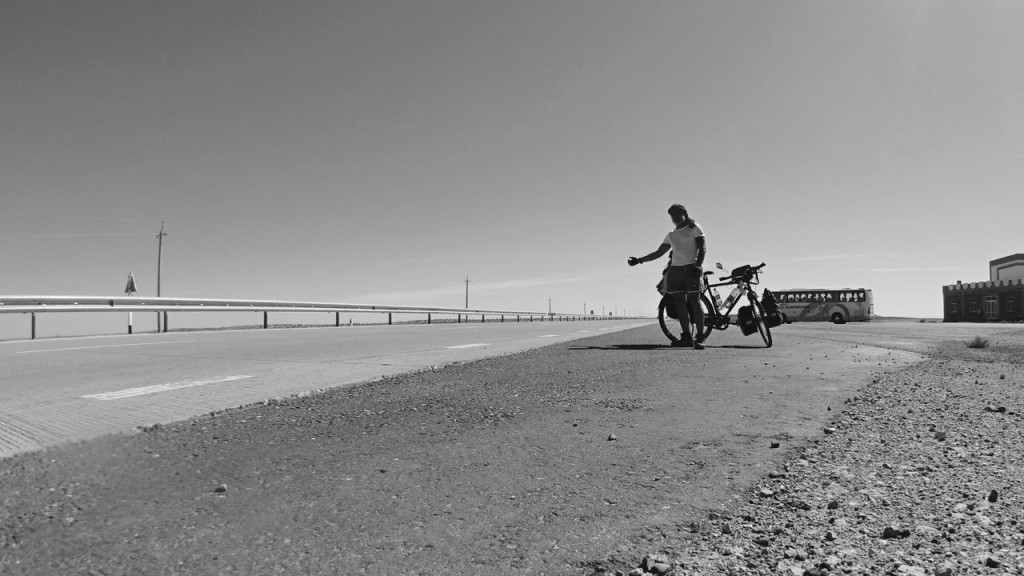
En este día, probando de cruzar el desierto de Kyzyl-Kum, abandoné la empresa y abatido por el viento en contra, me encontré haciendo “dedo” a cuan camión me levantara. Como siempre y teniendo fe a mi carma, me cogió un micro de excursionistas americanas, llevándome a la ciudad de Bukhara, incluido el almuerzo y la cena.
Por orden cronológico, de mi partida de Khiva a mi llegada a Bukhara:
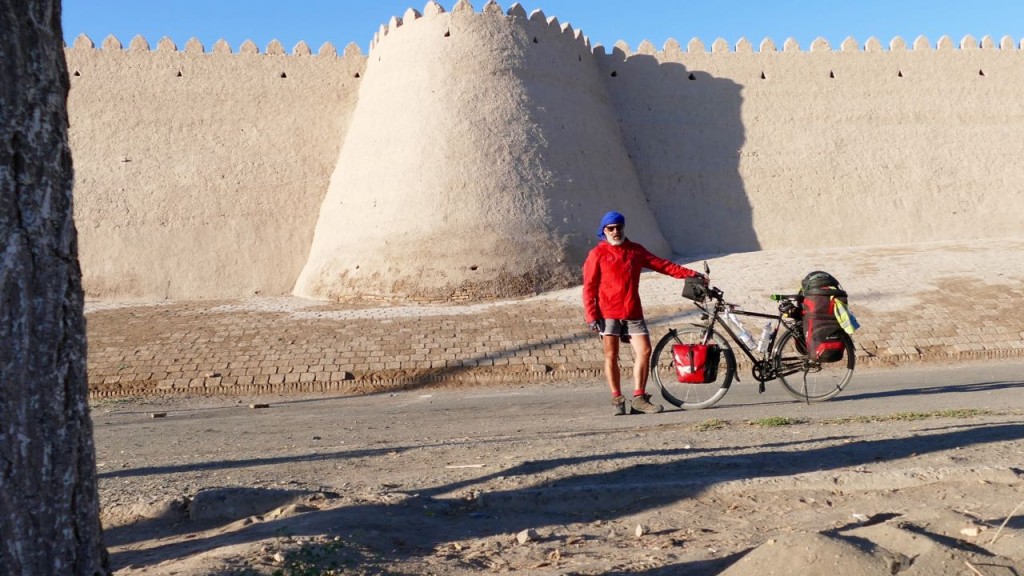

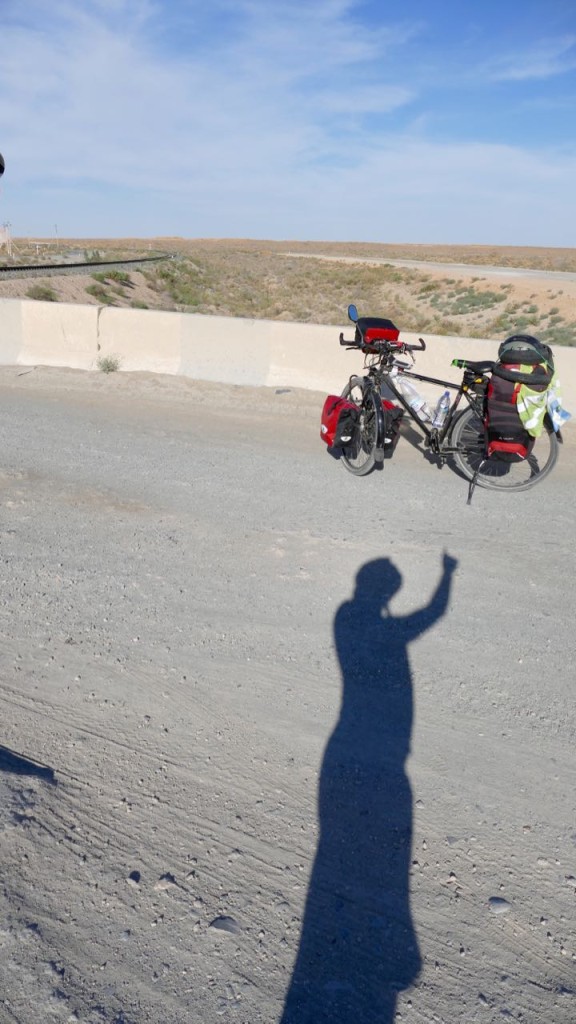
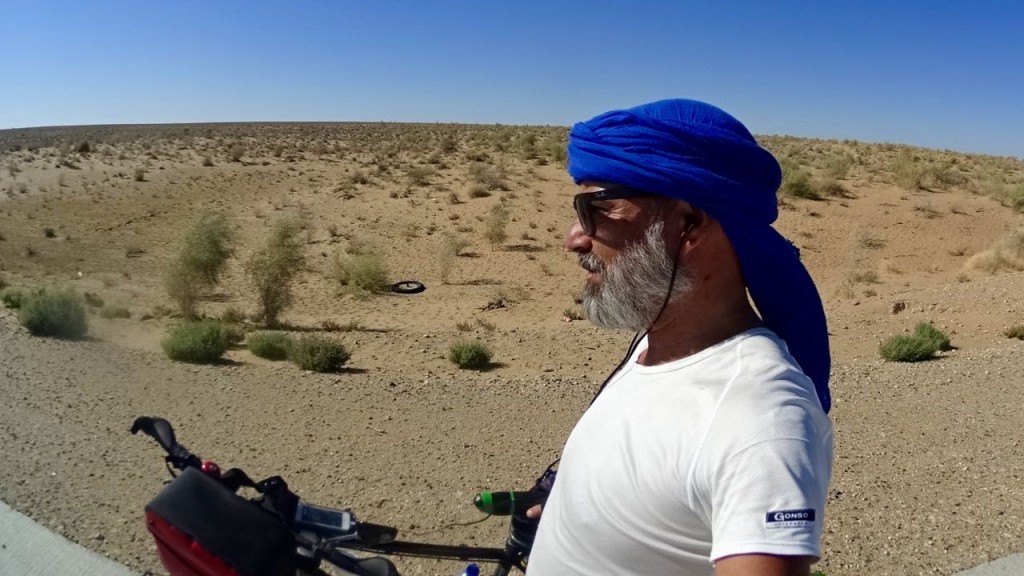
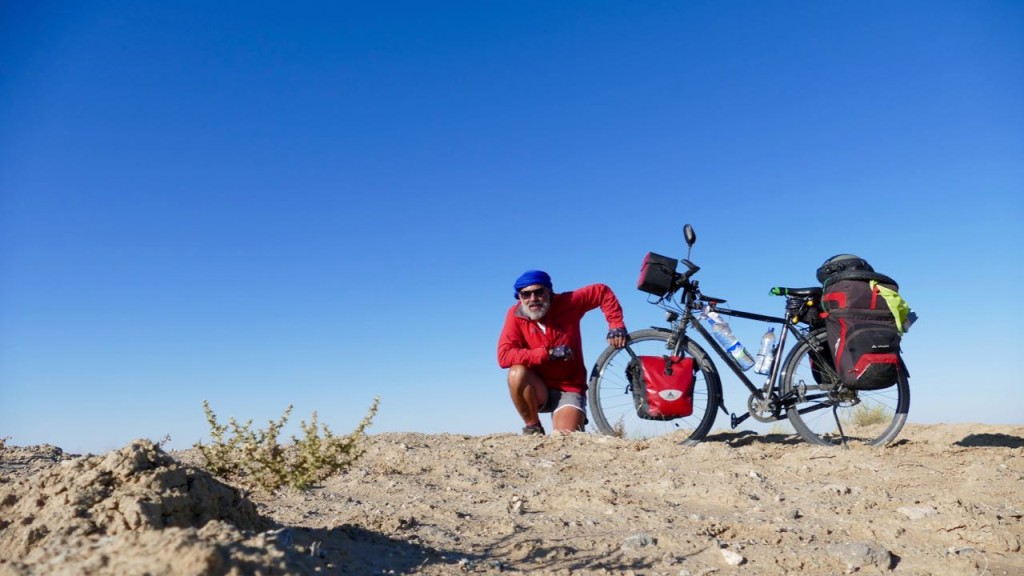
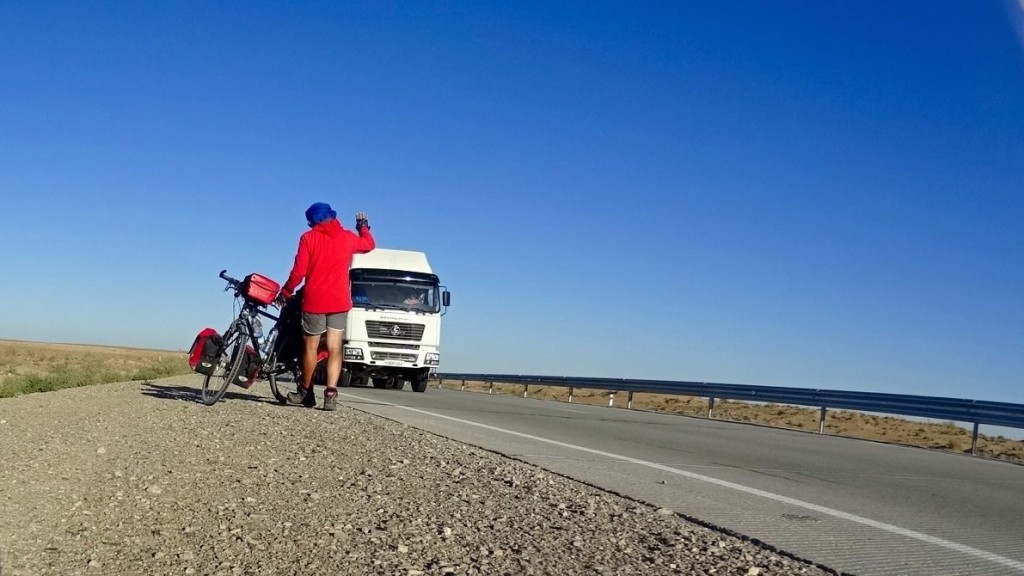

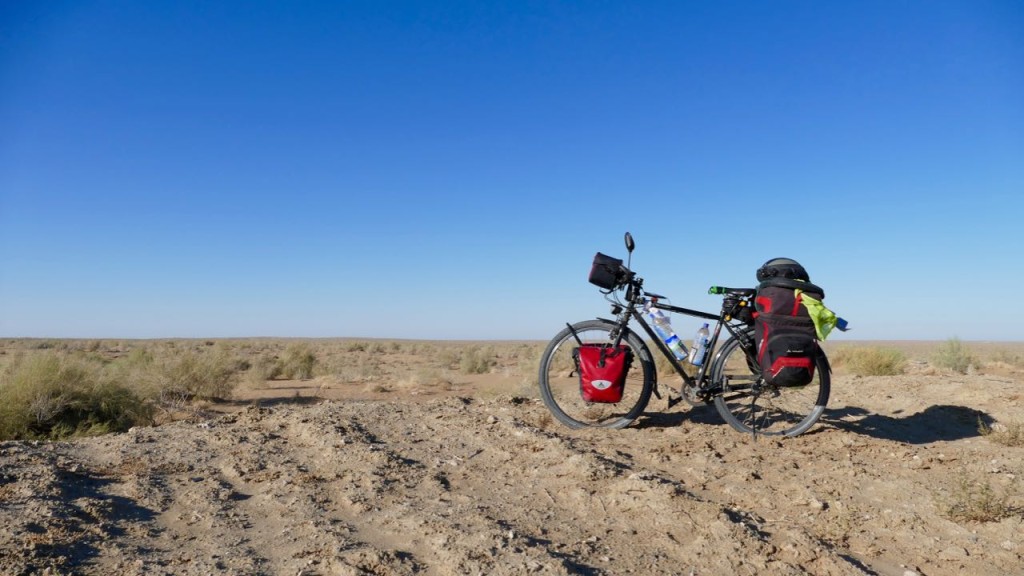
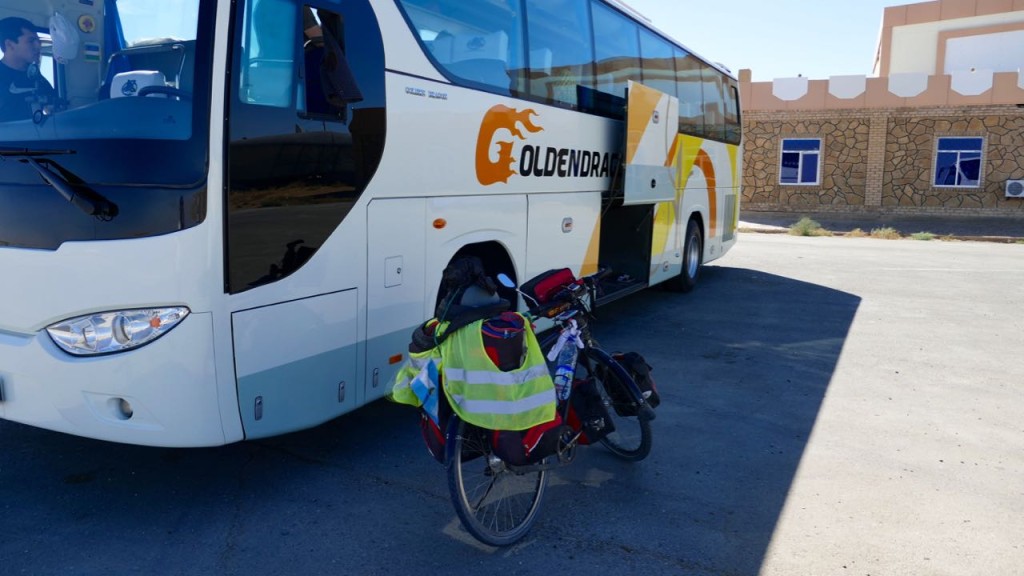
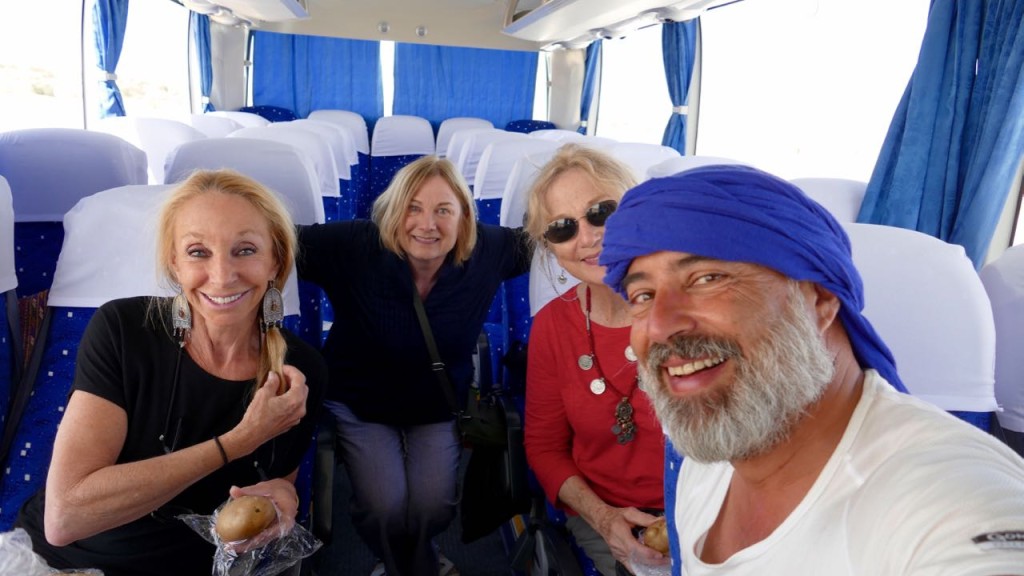
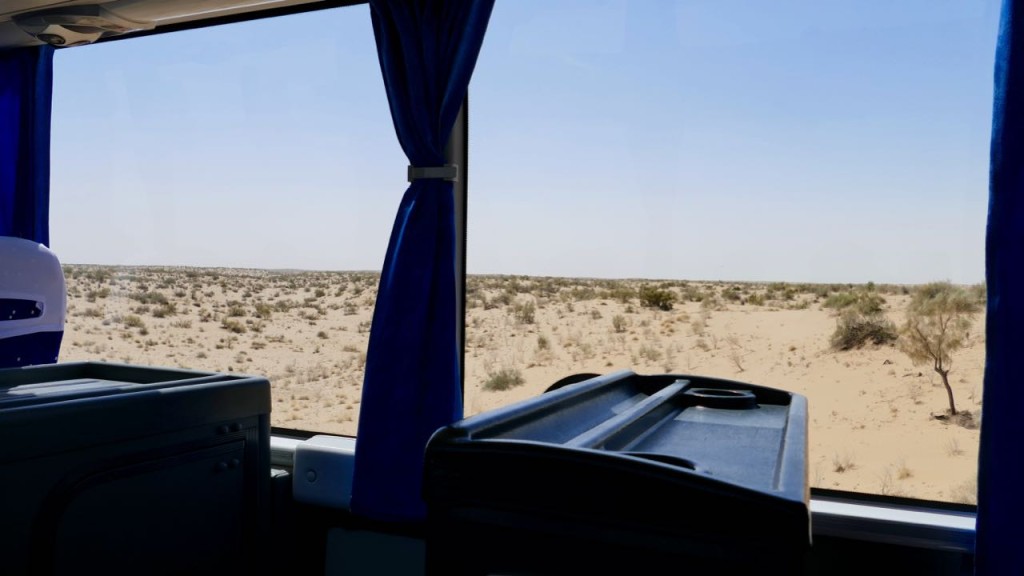

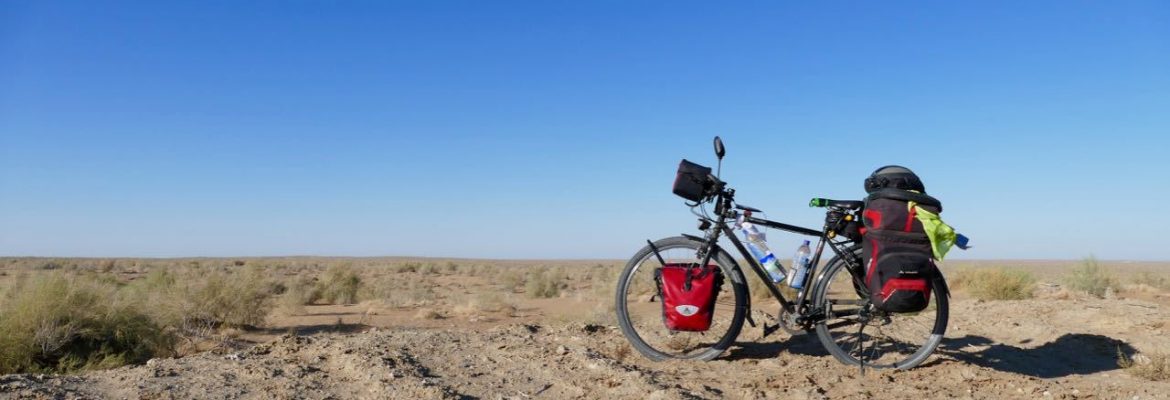


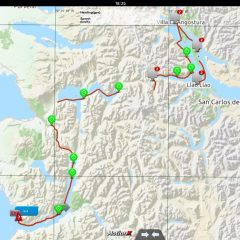
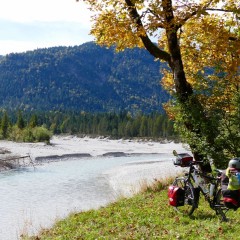
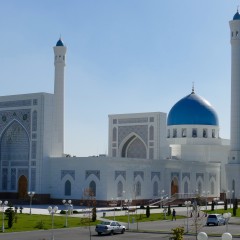
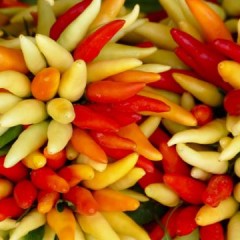

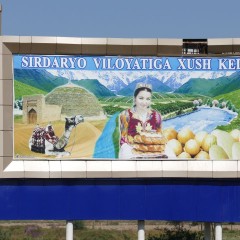
Dejar un comentario